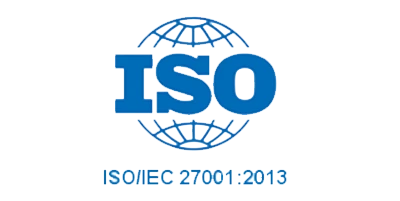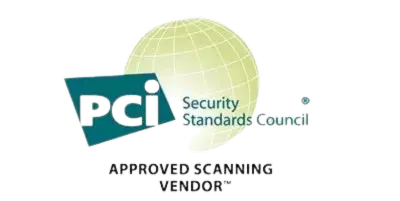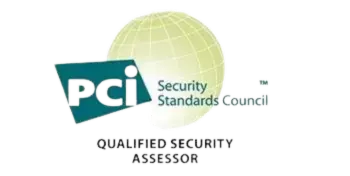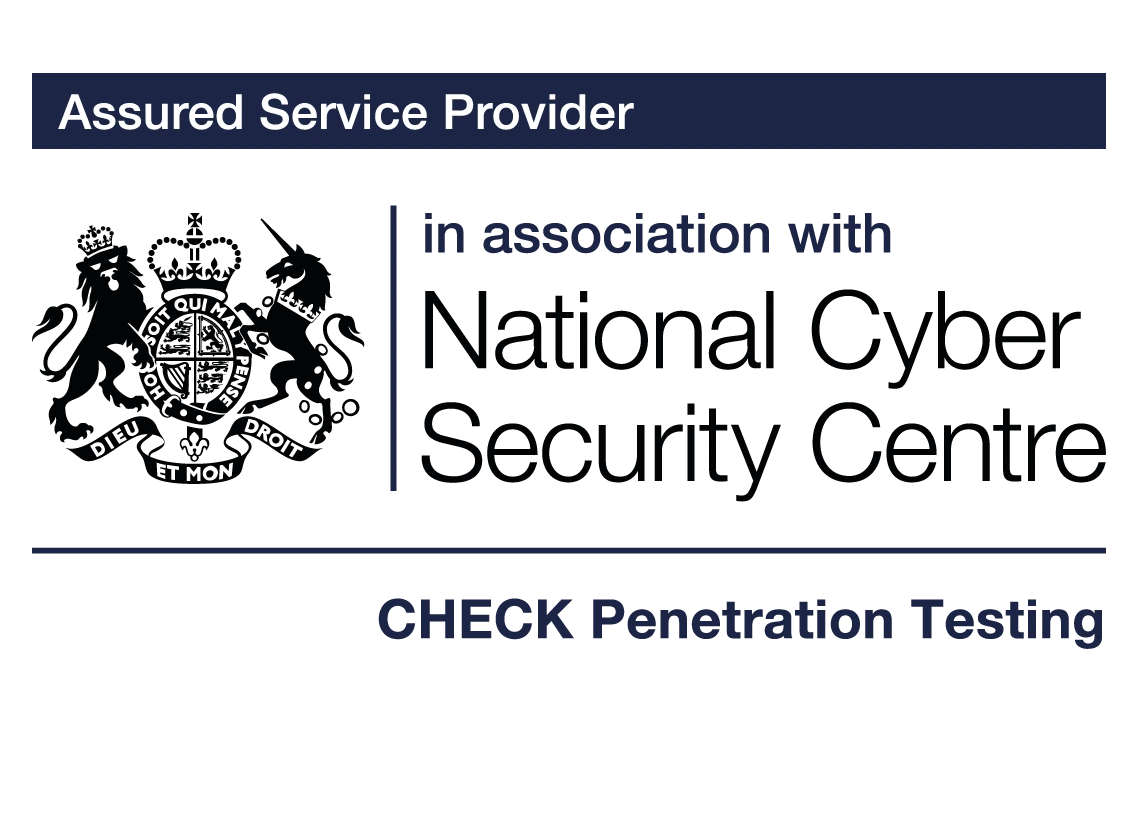What are Build Reviews?
Build reviews are a critical aspect of maintaining robust cyber-security. They involve a comprehensive examination of the configuration and settings of a device or operating system. This evaluation is conducted against established industry standards to ensure the integrity and security of the system. The purpose of this process is to identify vulnerabilities, mis-configurations, and other security weaknesses that could be exploited by cyber attackers.

What is a Build Review?
A build review, often referred to as a configuration review, is a systematic process where IT and cyber-security professionals assess the setup of systems and devices. This assessment includes:
- Evaluating Operating System Configurations: Ensuring that the operating system (OS) settings are configured according to best practices.
- Device Configuration Checks: Examining the setup of hardware devices to identify potential security gaps.
- Comparing Against Industry Standards: Aligning system configurations with standards such as ISO 27001, NIST, or CIS benchmarks.
Importance of Build Reviews in Cyber-security
- Ensuring Compliance and Security: Build reviews are pivotal in ensuring that systems adhere to regulatory and security standards, thereby protecting sensitive data and assets.
- Proactive Threat Mitigation: By identifying vulnerabilities early, build reviews enable organizations to proactively address potential security threats.
- Optimization of System Performance: Proper configuration ensures that systems operate efficiently and reliably.
- Building Trust: Secure and well-maintained systems foster trust among customers and stakeholders, crucial for business reputation and continuity.

The Build Review Process
Build reviews involve several key steps, each crucial for a comprehensive evaluation:
- Pre-Assessment Planning: Establishing the scope, objectives, and standards against which the review will be conducted.
- Data Collection: Gathering detailed information about the current configuration of systems, software, and networks.
- Analysis and Evaluation: Comparing collected data against predefined standards to identify discrepancies and vulnerabilities.
- Reporting and Documentation: Preparing detailed reports outlining the findings, including potential risks and recommendations for improvement.
- Remediation and Follow-Up: Implementing recommended changes and conducting follow-up reviews to ensure continuous compliance and security.
Types of Build Reviews
1. Operating System Configuration Review
- Security Settings: Examining user account controls, file permissions, and other security-related configurations.
- System Updates: Ensuring that the operating system is regularly updated to patch security vulnerabilities.
- Services and Processes: Reviewing running services and processes for any unnecessary or potentially harmful activities.

2. Network Configuration Analysis
- Firewall Settings: Assessing firewall rules and configurations to prevent unauthorized access.
- Network Access Controls: Evaluating controls for user access to network resources.
- Intrusion Detection Systems: Checking the effectiveness of systems in place to detect and alert on potential security breaches.
3. Application and Software Review
- Installation and Patch Management: Ensuring all software is up-to-date and patches are applied promptly.
- Configuration Settings: Checking that applications are configured securely, adhering to the principle of least privilege.
- Dependency Analysis: Reviewing third-party dependencies for any security risks they may pose.
4. Endpoint Protection Analysis
- Antivirus and Anti-malware: Verifying the effectiveness of antivirus and anti-malware tools in place.
- Data Encryption: Ensuring that sensitive data on devices is properly encrypted.
- Device Compliance: Checking that all endpoint devices comply with the organization's security policies.
5. Logging and Monitoring
- Audit Logs: Reviewing logs to ensure they capture critical events and changes.
- Incident Response: Checking the efficiency and effectiveness of the incident response mechanisms.
- Continuous Monitoring: Ensuring that monitoring systems are operational and effective.
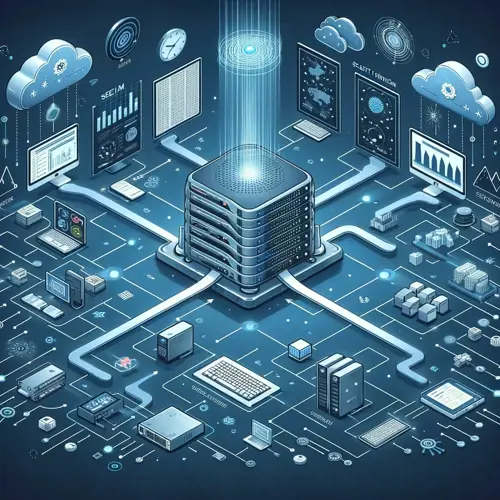
Introduction to the different Cyber-security Standards
In the context of build reviews, cyber-security standards play a crucial role in defining the benchmarks and best practices for securing IT systems. Among the most widely recognized standards are those developed by the National Institute of Standards and Technology (NIST) and the Center for Internet Security (CIS). Understanding the differences between these standards is essential for effective cyber-security management.Overview of NIST Standards
- Origin and Purpose: NIST standards, developed by the U.S. Department of Commerce, primarily focus on providing a comprehensive framework to protect government and commercial information systems.
- Framework Structure: The NIST Cyber-security Framework is known for its flexibility and comprehensive approach, encompassing five core functions: Identify, Protect, Detect, Respond, and Recover.
- Key Features: Emphasizes a risk management approach, adaptable to various sizes of organizations and types of information systems.
Overview of CIS Benchmarks
- Origin and Purpose: CIS Benchmarks are developed by the Center for Internet Security, aiming to provide well-defined, unbiased security configuration standards for various technologies.
- Benchmark Structure: These benchmarks are more prescriptive and detailed, offering specific guidelines and configurations for securing a wide range of technologies.
- Key Features: Focuses on practical, actionable configurations. Known for their clear, concise, and tested security guidelines.
Comparing NIST and CIS Standards
- Scope and Application: While NIST provides a broad framework applicable to various organizational contexts, CIS offers more specific, technology-focused guidelines.
- Flexibility vs. Specificity: NIST's framework is more about flexible implementation, while CIS benchmarks are more specific and prescriptive.
- Update Frequency: The frequency and process of updates in each standard can differ, impacting how current and responsive the guidelines are to emerging threats.
Challenges in Build Reviews
1. Complexity of Modern IT Environments
- Diverse Technologies: The wide range of technologies used in modern IT environments, from cloud services to IoT devices, adds complexity to build reviews.
- Integration Issues: Ensuring seamless security across integrated systems can be challenging.
- Rapid Technological Changes: Keeping up with the fast pace of technological advancements and updating review processes accordingly.

2. Evolving Cyber Threat Landscape
- Emerging Threats: Staying ahead of new and evolving cyber threats can be a constant challenge.
- Advanced Persistent Threats (APTs): Dealing with sophisticated attacks that may remain undetected for long periods.
- Zero-Day Vulnerabilities: Identifying and mitigating vulnerabilities that are unknown and unaddressed by vendors.
3. Resource Constraints
- Limited Budget: Allocating sufficient funds for comprehensive build reviews can be a hurdle for many organizations.
- Skilled Personnel Shortage: The lack of adequately skilled cybersecurity professionals to conduct thorough reviews.
- Time Constraints: Finding the time to perform in-depth reviews amidst other pressing cyber-security tasks.
4. Keeping Pace with Compliance and Standards
- Evolving Standards: Constantly updating processes to comply with new and updated security standards and regulations.
- Global Compliance Requirements: Adapting to various regional and international compliance demands.
- Documentation and Proof of Compliance: Maintaining detailed records and evidence to prove compliance during audits.

5. Integration of Build Reviews into Development Life Cycle
- DevOps Challenges: Integrating security reviews seamlessly into agile development cycles.
- Cultural Barriers: Overcoming the mindset of viewing security as a hindrance rather than an integral part of the development process.
- Continuous Integration and Deployment: Ensuring ongoing security in fast-paced CI/CD environments.
Best Practices for Effective Build Reviews
1. Establishing a Standardized Review Framework
- Consistent Methodology: Adopt a standardized approach for conducting build reviews to ensure consistency and thoroughness.
- Customized Checklists: Develop tailored checklists based on specific industry standards and organizational needs.
- Regular Updates: Keep the review framework updated with the latest cyber-security trends and standards.

2. Integrating Automated Tools with Manual Expertise
- Leveraging Automation: Utilize automated tools for initial data gathering and analysis to improve efficiency.
- Expert Analysis: Complement automated tools with the nuanced understanding and decision-making of cybersecurity experts.
- Continuous Tool Evaluation: Regularly assess and update the tools used to ensure they remain effective and relevant.
3. Focusing on Comprehensive Coverage
- All-Encompassing Review: Ensure that the build review covers all aspects of the system, including hardware, software, networks, and endpoints.
- Depth and Breadth: Balance the depth of review (detailed analysis of specific components) with breadth (overall system coverage).
- Regular and Ad-hoc Reviews: Conduct regular scheduled reviews and additional ad-hoc reviews in response to significant changes or incidents.

4. Prioritising Remediation and Follow-Up
- Actionable Recommendations: Ensure that findings from the review are translated into clear, actionable recommendations.
- Prioritisation of Fixes: Address the most critical vulnerabilities first, based on their potential impact and exploitability.
- Verification of Remediation: Conduct follow-up reviews to verify that the recommended changes have been effectively implemented.
5. Training and Awareness
- Regular Training: Conduct regular training sessions for the team involved in build reviews to keep them updated with the latest skills and knowledge.
- Awareness Programs: Implement awareness programs for all employees to understand the importance of build reviews and their role in cyber-security.
- Knowledge Sharing: Encourage sharing of insights and learnings from build reviews across the organization.
Integrating Build Reviews into a Cyber-security Strategy
- Strategic Alignment: Discussing how build reviews should be integrated with broader cyber-security strategies and IT governance frameworks.
- Cross-Functional Collaboration: Emphasizing the importance of collaboration between cyber-security, IT management, and other business units for effective build reviews.
- Continuous Improvement: Advocating for a culture of continuous improvement where feedback from build reviews is used to consistently enhance security measures.
Future of Build Reviews
Advancements in Automation and AI
- Enhanced Automation: Future build reviews are expected to see increased automation for efficiency and consistency.
- AI Integration: Leveraging artificial intelligence to predict and identify new vulnerabilities and to automate complex analysis tasks.
- Machine Learning Algorithms: Utilizing machine learning to analyze patterns and trends in data, enhancing the ability to detect anomalies

Increased Emphasis on Cloud and IoT Security
- Cloud Infrastructure Reviews: As organizations continue to move to the cloud, build reviews will increasingly focus on cloud configurations and security.
- IoT Device Scrutiny: With the proliferation of IoT devices, their security configurations will become a critical focus area in build reviews.
- Hybrid Environment Challenges: Managing build reviews in hybrid environments that combine on-premises, cloud, and IoT infrastructures.
Evolving Cybersecurity Standards and Regulations
- Dynamic Compliance Requirements: Keeping pace with frequently changing and increasingly stringent cyber-security regulations and standards.
- Global Standardization: Movement towards more globally recognized and harmonized cyber-security standards.
- Continuous Compliance Monitoring: Implementing mechanisms for ongoing compliance monitoring and reporting.

Greater Integration with DevSecOps
- Shift-Left Approach: Incorporating security reviews earlier in the software development life-cycle as part of a DevSecOps approach.
- Continuous Security: Implementing continuous security practices, where build reviews are part of the ongoing development process.
- Developer Engagement: Increasing the involvement of developers in the security review process to foster a culture of security.
Emphasis on Data Privacy and Protection
- Data-Centric Security: Focus on securing data throughout its lifecycle, including during transmission, storage, and processing.
- Privacy by Design: Incorporating data privacy considerations into the build review process.
- Regulatory Compliance: Adapting to emerging data protection laws and privacy regulations globally.

Interactive Tools and Resources for Build Reviews
Automated Scanning and Assessment Tools
- Vulnerability Scanners: Tools that automatically scan systems and networks to identify vulnerabilities and misconfigurations.
- Configuration Management Tools: Software that helps in managing and monitoring the configurations of various IT assets.
- Compliance Checking Tools: Automated tools that check systems against compliance with industry standards like NIST, CIS, and ISO/IEC 27001.
Online Platforms and Dashboards
- Cloud-Based Security Platforms: Offering centralized dashboards for monitoring and managing security reviews and compliance.
- Real-Time Analytics: Platforms that provide real-time analytics and insights into system configurations and security posture.
- Interactive Reporting Tools: Tools that generate interactive and comprehensive reports, aiding in decision-making and prioritization.
Configuration Review Checklists and Templates
- Standardised Checklists: Downloadable checklists based on common standards, offering a guided approach to build reviews.
- Customisable Templates: Templates for documenting the findings of build reviews, which can be customized as per organizational needs.
- Best Practice Guides: Comprehensive guides and handbooks detailing best practices in conducting build reviews.
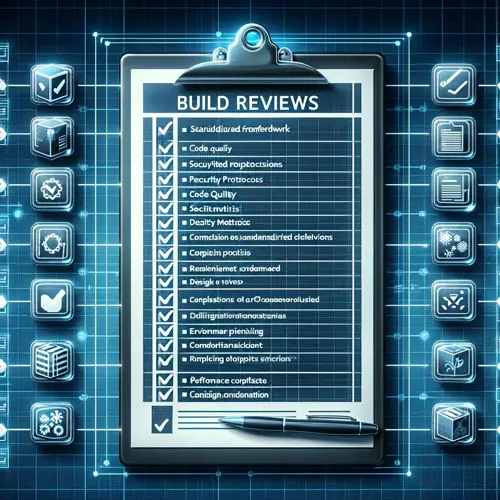
Training and Simulation Tools
- Online Training Courses: E-learning modules and webinars focused on teaching the principles and practices of build reviews.
- Cyber Range Simulations: Interactive simulations and cyber range environments for hands-on practice in conducting build reviews.
- Community Forums and Webinars: Platforms for cyber-security professionals to discuss, share experiences, and learn from each other.
Integration and API Tools
- APIs for Custom Integration: Tools that offer APIs to integrate build review processes with other IT management systems.
- Orchestration Platforms: Platforms that facilitate the orchestration of various tools and processes involved in build reviews.
- Custom Scripting and Automation: Resources for developing custom scripts to automate specific aspects of the build review process.
For More Information Please Contact Us

ACCREDITATIONS

